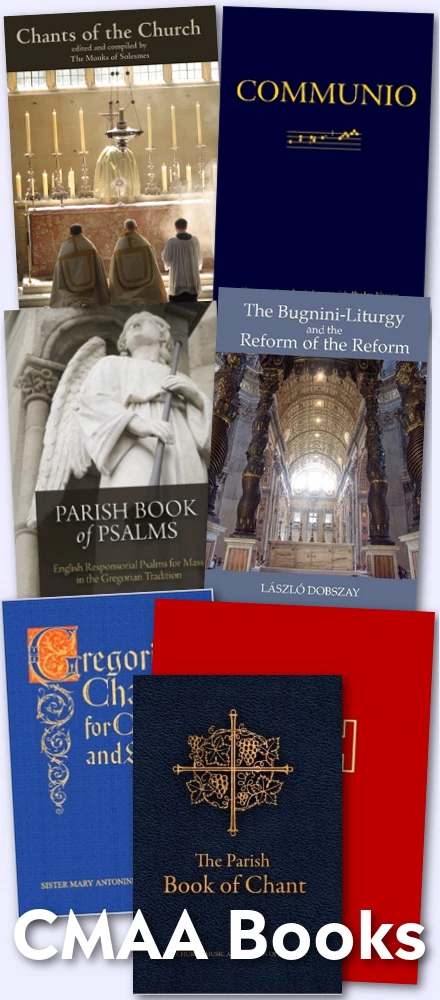The Holy Father, this morning, delivered an address to the Pontifical Liturgical Institute Sant'Anselmo on the occasion of the 50th anniversary of its foundation. The address may be found in Italian here.
Here is VIS's summation:
VATICAN CITY, 6 MAY 2011 (VIS) - Today the Holy Father received participants in the Ninth International Congress on the Liturgy sponsored by the Pontifical Liturgical Institute of Rome's St. Anselm Pontifical Athenaeum, on the fiftieth anniversary of its foundation.
The Pope recalled that "Blessed John XXIII, recognizing the requests of the liturgical movement that sought to give new impetus and a new spirit to the Church's prayer, shortly before Vatican Council II and during its celebration, asked the faculty of Benedictines on the Aventine Hill to establish a center for study and research to ensure a solid basis for conciliar liturgical reform".
Referring to the title chosen for the congress: "The Pontifical Liturgical Institute: Between Memory and Prophecy", the Pope said that the "'memory' pertains to the very life of the Institute that has offered its contribution to the Church dedicated to the reception of the Second Vatican Council over fifty years of academic liturgical formation".
Benedict XVI highlighted that, "with the term 'prophecy', our gaze opens to new horizons. The Liturgy of the Church goes beyond the 'conciliar reform', the objective of which in fact was not mainly to change the rites and texts but rather to renew the mentality and to put the celebration of Christ's paschal mystery at the center of Christian life and pastoral work. Unfortunately the liturgy has perhaps been seen - even by us, pastors and experts - more as an object to reform than a subject capable of renewing Christian life, seeing that "a very close and organic bond exists between the renewal of the liturgy and the renewal of the whole life of the Church".
"The liturgy, ... lives a proper and constant relationship between sound 'traditio' and legitimate 'progressio', clearly seen by the conciliar constitution Sancrosanctum Concilium at paragraph 23. ... Not infrequently are tradition and progress in awkward opposition. Actually though, the two concepts are interwoven: tradition is a living reality that, in itself, includes the principle of development, of progress".
The Holy Father concluded, expressing the wish that the "Faculty of Sacred Liturgy continue its service to the Church with renewed enthusiasm, in full fidelity to the rich and valuable liturgical tradition and to the reform desired by Vatican Council II, in accordance with the magisterial directives of the Sancrosanctum Concilium and the pronouncements of the Magisterium".




















